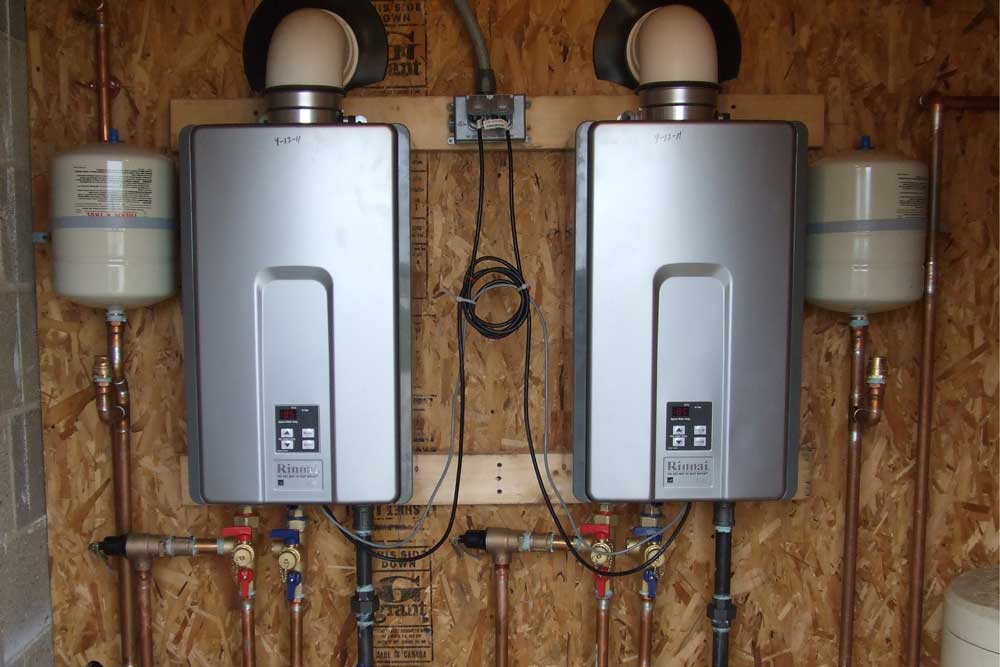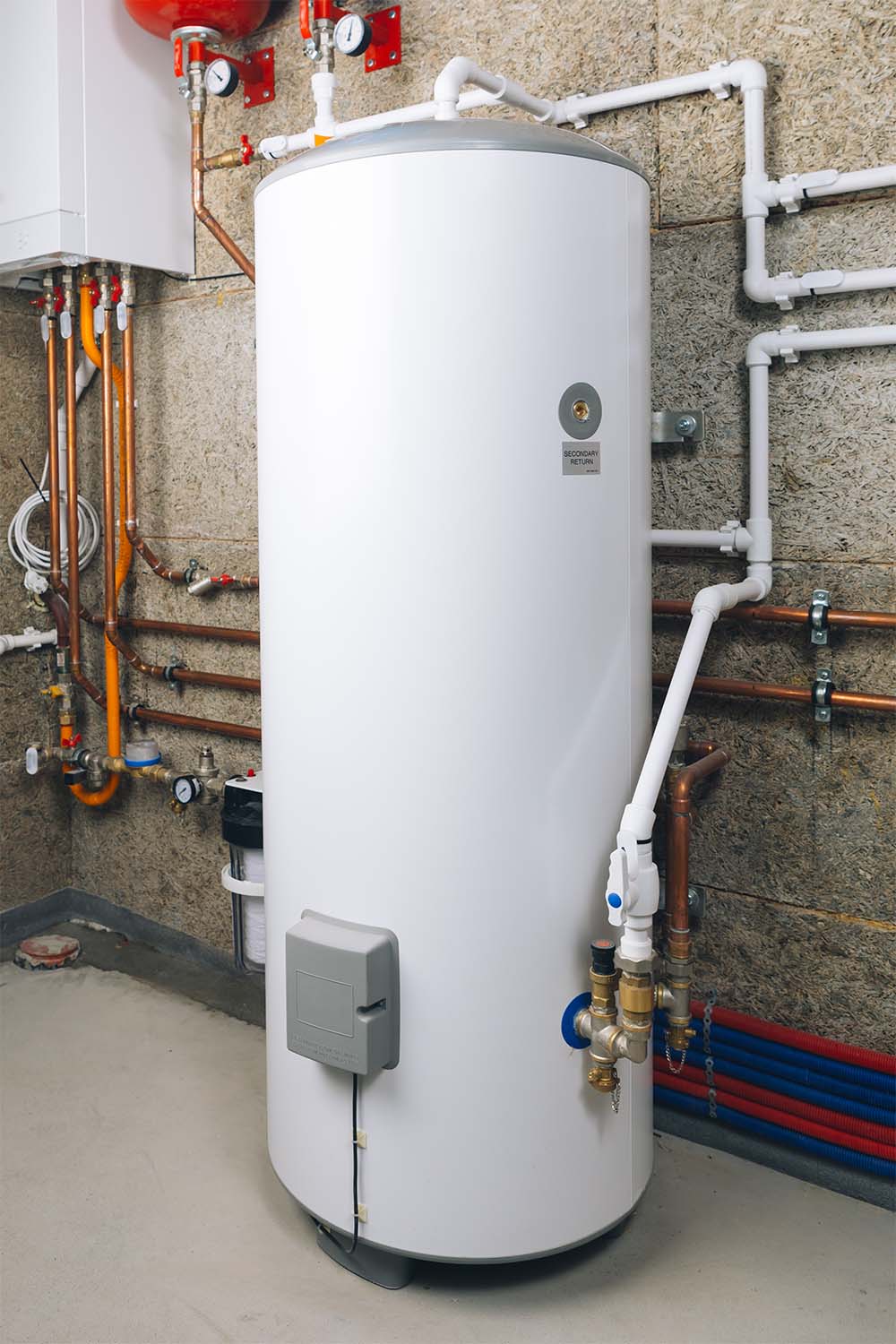Caring for Your Home's Hot Water System: Important TipsStep-by-Step Guide to Maintaining Your Home's Hot Water System
Caring for Your Home's Hot Water System: Important TipsStep-by-Step Guide to Maintaining Your Home's Hot Water System
Blog Article
Just how do you actually feel in regards to Tips on Maintaining a Water Heater?

Warm water is essential for daily convenience, whether it's for a refreshing shower or washing recipes. To ensure your hot water system runs successfully and lasts longer, routine upkeep is essential. This article offers useful tips and understandings on how to maintain your home's warm water system to avoid disturbances and expensive repair work.
Intro
Maintaining your home's hot water system might seem complicated, yet with a couple of straightforward actions, you can guarantee it runs smoothly for years ahead. This overview covers every little thing from recognizing your warm water system to DIY maintenance suggestions and understanding when to employ expert assistance.
Value of Preserving Your Warm Water System
Routine upkeep not only prolongs the life expectancy of your hot water system but also ensures it operates successfully. Ignoring maintenance can result in reduced performance, higher power expenses, and even premature failing of the system.
Indications Your Warm Water System Demands Maintenance
Knowing when your warm water system needs attention can prevent major concerns. Keep an eye out for indicators such as irregular water temperature, weird sounds from the heating system, or rustic water.
Comprehending Your Hot Water System
Prior to diving into maintenance tasks, it's helpful to recognize the fundamental elements of your hot water system. Usually, this includes the water heater itself, pipelines, anode poles, and temperature controls.
Monthly Upkeep Tasks
Regular month-to-month checks can assist catch small concerns before they rise.
Flushing the Water Heater
Purging your water heater removes debris build-up, boosting efficiency and prolonging its life.
Monitoring and Replacing Anode Rods
Anode poles stop corrosion inside the container. Checking and replacing them when broken is vital.
Examining and Readjusting Temperature Level Settings
Readjusting the temperature setups makes certain ideal performance and safety and security.
DIY Tips for Maintenance
You can perform a number of upkeep tasks on your own to keep your hot water system in leading condition.
Looking for Leaks
Regularly check pipes and links for leaks, as these can bring about water damages and higher costs.
Evaluating Stress Relief Valves
Checking the pressure safety valve ensures it works correctly and stops too much stress accumulation.
Protecting Pipelines
Insulating warm water pipes lowers warm loss and can conserve energy.
When to Call an Expert
While DIY maintenance is valuable, some problems call for professional know-how.
Facility Issues Needing Specialist Aid
Instances consist of major leaks, electric problems, or if your water heater is constantly underperforming.
Regular Professional Upkeep Advantages
Professional upkeep can consist of thorough assessments, tune-ups, and making sure conformity with safety and security standards.
Verdict
Regular maintenance of your home's warm water system is crucial for performance, longevity, and cost savings. By adhering to these pointers and recognizing when to look for specialist aid, you can ensure a dependable supply of hot water without unexpected interruptions.
How to Maintain an Instant Hot Water Heater
Before tinkering with your hot water heater, make sure that it’s not powered on. You also have to turn off the main circuit breaker and shut off the main gas line to prevent accidents. Also turn off the water valves connected to your unit to prevent water from flowing into and out of the appliance. 2. When you’re done, you have to detach the purge valves’ caps. These look like the letter “T” and are situated on either side of the water valves. Doing so will release any pressure that has accumulated inside the valves while at the same time avoid hot water from shooting out and burning your skin. 3. When the purge valves’ caps are removed, you have to connect your hosing lines to the valves. Your unit should have come with three hoses but if it didn’t, you can purchase these things from any hardware or home repair shops. You can also get them from retail stores that sell water heating systems. Read the user’s manual and follow it to complete this task properly. When the hosing lines are connected, open the purge port’s valves. 4. You should never use harsh chemical cleaners or solutions when cleaning your unit. Make use of white vinegar instead. It should be undiluted and you’ll probably use about 2 gallons. 5. Now flush your water heater. This task should probably take about 40 minutes. We can’t give you specific directions for this because the procedure is carried out depending on the type, model and brand of your heater. With that being said, refer to the user’s manual. 6. When you’re done draining the unit, you have to turn off the purge port valves again. Remove the hosing lines that you earlier installed on each of the water valves. Put the valve caps (purge port) back in their respective places and be very careful so as not to damage the rubber discs that are found inside these caps. 7. Now that everything’s back in place, check your user’s manual again to find out how to reactivate your water heating system. 8. Once it is working, turn one of your hot water faucets on just to let air pass through the heater’s water supply pipes. Leave the tap on until water flows smoothly out of it. https://www.orrplumbing.com/blog/2014/september/how-to-maintain-an-instant-hot-water-heater/

I came across that content about Tips For Maintaining Your Hot Water Heater when doing a lookup on the web. Loved our article? Please share it. Let someone else find it. I am grateful for your time. Revisit us soon.
Estimate Report this page